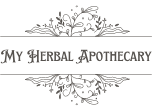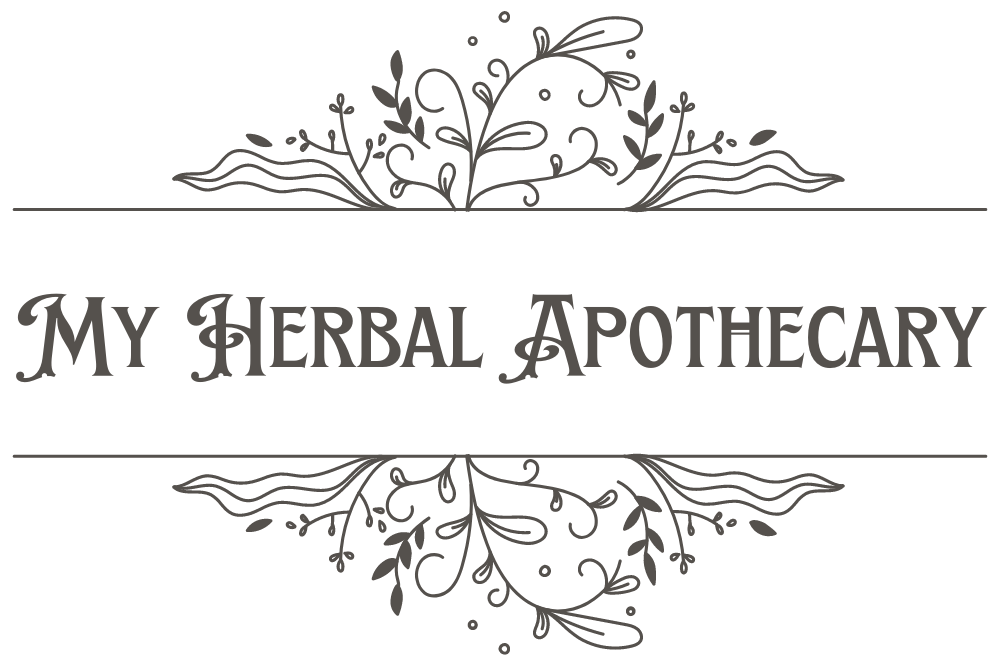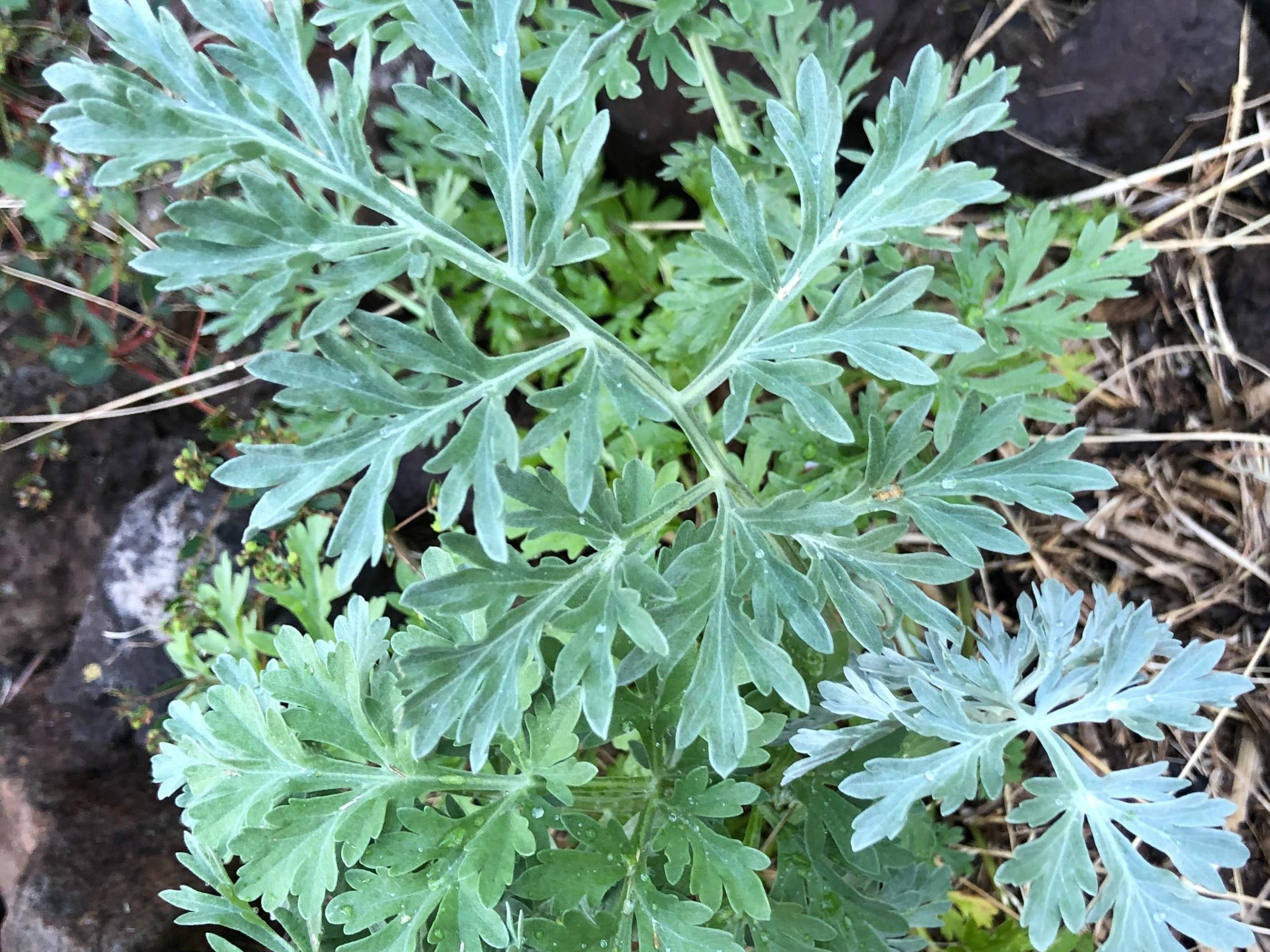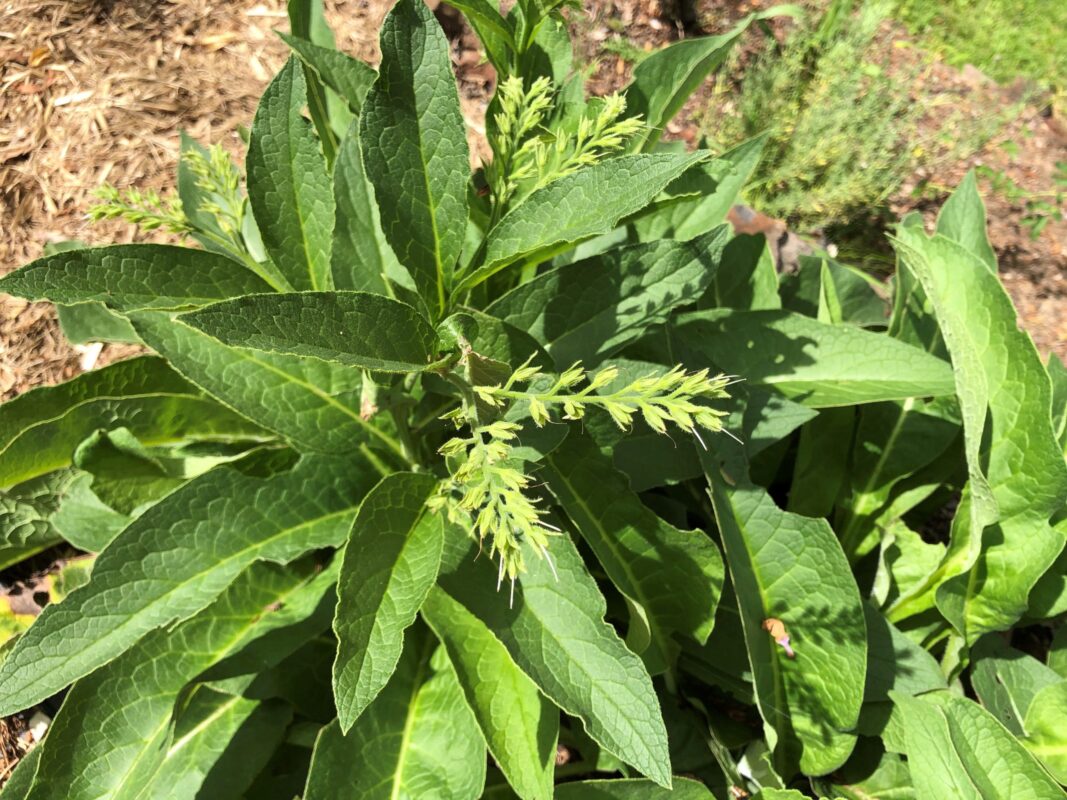Last updated 21.02.2022
** WARNING – Nothing on this website is to be taken as medical advice. The information provided is for informational purposes only. You should not use the information on this website to diagnose or treat any condition or illness. Always consult your healthcare practitioner who knows you and your unique medical history before starting any new healthcare or medical regime. **
Identification, Habitat & Growing
| Common Names: | Wormwood, mugwort, grand wormwood, absinthe, absinthe wormwood, wermout, wormit. |
| Latin Binomial: | Artemisia absinthium |
| Plant Family: | Asteraceae |
| Duration: | Perennial |
| Habit: | Herbaceous with fibrous roots. |
| Leaves: | Leaves have a spiral-like arrangement with greenish-grey on the top and white below, covered in silvery-white trichomes, and bearing tiny oil-producing glands. |
| Stems: | Straight stems growing 0.8 to 1.2m in height and rarely over 1.5m tall. Grooved, branched and silvery-green in colour. |
| Flowers: | Pale yellow tubular flowers, clustered in spherical bent over heads. Flowers from early summer to late autumn. |
| Fruit & Seeds: | The fruit is a small achene. The seeds are dispersed gravitationally. |
| Habitat & Growing Regions: | Native to temperate regions of Eurasia and North Africa, widely naturalised in Canada and United States. Grows naturally on uncultivated, arid ground, rocky slopes and the edges of footpaths and fields. |
| Reproduction & Propagation: | Can be easily propagated in a sunny location with fertile, midweight soil from ripened cuttings taken in spring or autumn in temperate climates, or by seeds in a greenhouse. Self seeds generously. |
| Harvesting & Storage: | Clip tall stalks harvesting the top third of the plant right before the flower buds open (usually beginning early summer) and hang in bundles upside down so the stalks and flower buds can thoroughly dry. |
| Similar Species: | There are hundreds of species of Artemisia. Some are considered poisonous so ensure you verify the plant you have is in fact Artemisia absinthium. |
| Companion Plants: | Is not a good companion plant as growing with other plants can stunt it’s growth. |
| Garden Care & Uses: | Dry tolerant, sprinkle with slow release fertiliser annually in Spring. Water young plants until established, then will rarely require watering except for extremely dry periods. |
| Toxicity to pets and other animals: | Used in chicken nest boxes to keep insects such as mites at bay. Chickens often self medicate themselves for worms with wormwood if they have access to it. Not recommended for dogs and cats unless in low dosages and short term use, under the supervision of a veterinarian. |
In Herbalism
| Parts Used: | Aerials – Leaf, flowering tops |
| Constituents: | Volatile oils (thujone, absitol, azulenes), terpenoids, bitter sesquiterpenes & bitter sesquiterpene lactones (artemisinin), triterpenoid, flavone glycoside, hydroxycoumarins, lignans. |
| Preparations & Dosing: | Infusion: 1-2g to 0.5 cup water) Tincture: 1:1, 25% – 1-4ml TID Lotion: External use on unbroken skin only Oil: External use on unbroken skin only Very powerful herb only necessary in very small doses. Use short term or pulse-dosing for 4-5 weeks. |
| Energetics: | Drying, extremely cooling. |
| Taste: | Intensely bitter, pungent. |
| Actions: | Anti-inflammatory, antimicrobial, antifungal, antioxidant, anthelmintic, anti-ulcer, anti-neoplastic, antiparasitic, vermifuge, eupeptic bitter, carminative, choleretic, diuretic, emmenagogue and uterine stimulant, nervine tonic, anticarcinogenic, hepatoprotective, neuroprotective, antidepressant, analgesic, immunomodulatory, and cytotoxic activity |
| Key Uses: | Loss of appetite and anorexia, anaemia, upset stomach (indigestion, flatulence), gastritis (gastric pain), gall bladder disease, intestinal spasms, fever, liver disease, hepatitis, hepatocyte enlargement, jaundice, splenomegaly, wound healing. |
| Contraindications: | Not for use in pregnancy or during lactation due to uterine stimulant effects. Caution with internal ulcers, irritable states or states of nervousness, and seizure disorders. Long-term use of A. absinthium essential oil may cause toxic and mental disorders in humans with clinical manifestations including convulsions, sleeplessness, and hallucinations. Asteraceae family allergies. Not for long term use. |
Resources
PubMed Central – The National Library of Medicine (NIH), Dr. Marisa Marciano, WebMD, Wikipedia, Weston A Price Foundation.









